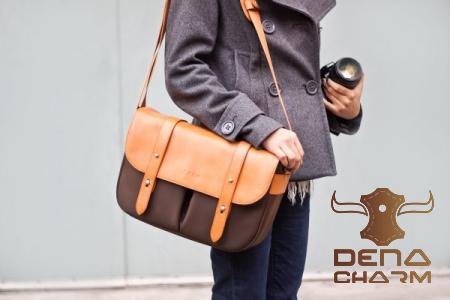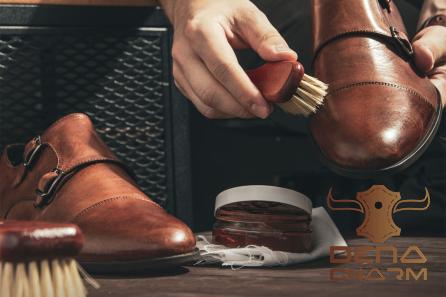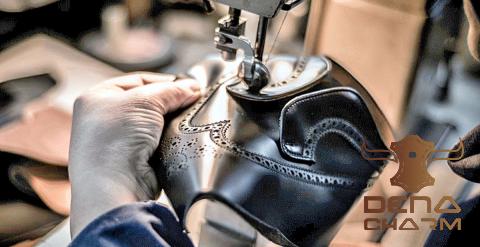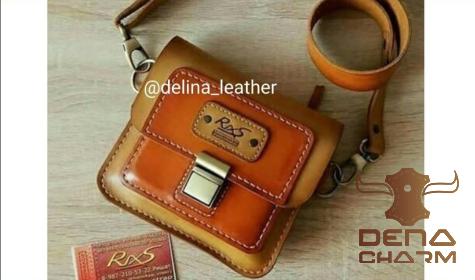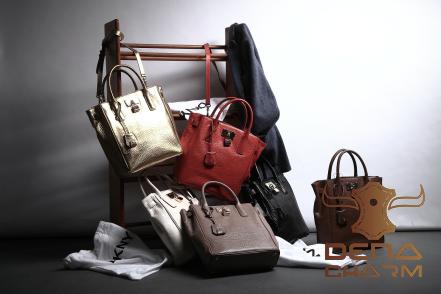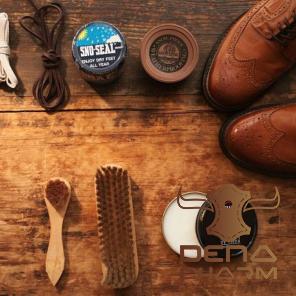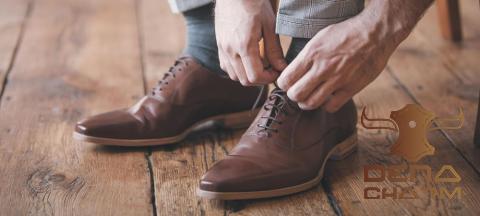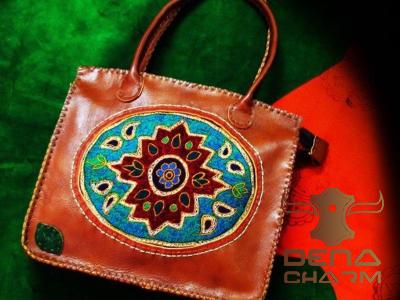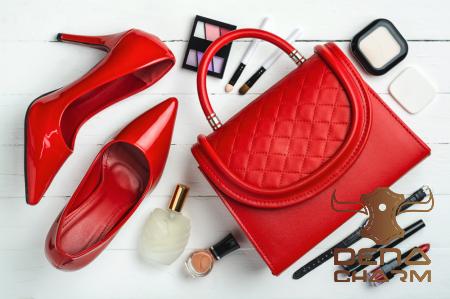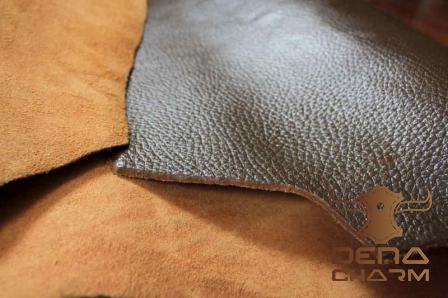Understanding the Difference When it comes to choosing leather products, consumers are presented with a choice between vegan leather and real leather. Both options have their own unique set of benefits and drawbacks, so it is important to understand the key differences before making a purchase decision. In this article, we will explore the topic of vegan leather versus real leather, comparing the buying process, the best types of each, and how to use them effectively. Buying Vegan Leather Vegan leather, also known as faux or synthetic leather, is a material created to imitate the texture and appearance of real leather without using any animal products. This makes it a popular choice among individuals who follow a vegan lifestyle or those who prioritize ethical and sustainable fashion choices. One advantage of buying vegan leather is its affordability. Synthetic materials are typically less expensive to produce, making vegan leather products more budget-friendly compared to their real leather counterparts. Additionally, vegan leather is also widely available, with many major fashion brands offering vegan alternatives to traditional leather products. This means that consumers have a wide range of options to choose from when shopping for vegan leather items. On the other hand, there are some considerations to keep in mind when purchasing vegan leather. The quality of vegan leather can vary greatly, with some materials being less durable and prone to wear and tear. It is important to do some research and choose reputable brands that offer high-quality vegan leather products. Additionally, since vegan leather is a synthetic material, it may not have the same luxurious feel or longevity as real leather. Buying Real Leather Real leather has been used for centuries and is known for its durability, luxurious feel, and natural beauty. Leather is made from animal hides, most commonly from cows, and is a byproduct of the meat industry. When purchasing real leather products, it is important to consider the source and ensure that the leather is ethically sourced and produced. Opting for leather from companies that prioritize animal welfare and sustainable practices can help address some of the ethical concerns associated with real leather. One of the major advantages of buying real leather is its durability. High-quality leather products can last for many years, making them a worthy investment. Real leather also develops a unique patina over time, further enhancing its appeal and character. For individuals who value luxury and craftsmanship, real leather is often the top choice. However, there are drawbacks to buying real leather as well. Real leather tends to be more expensive than vegan leather due to the higher costs associated with the production process. It also requires regular care and maintenance to keep it in good condition. Leather products can be susceptible to damage from water and other liquids, and may also require specific cleaning and conditioning products. The Best Types of Vegan Leather vs Real Leather Within the vegan leather category, there are several different types to consider. Some popular options include polyurethane (PU) leather, polyvinyl chloride (PVC) leather, and cork leather. PU leather is a synthetic alternative that closely resembles real leather in terms of appearance and texture. It is a durable material that is often used in the production of shoes, bags, and furniture. PVC leather, on the other hand, is a more affordable option but is generally less durable and prone to cracking over time. Cork leather is a sustainable alternative to both vegan and real leather. It is made from the bark of cork oak trees and is a natural, renewable material. Cork leather is lightweight, water-resistant, and has a unique texture that sets it apart from other types of leather. It is commonly used in the production of bags, wallets, and accessories. When it comes to real leather, cowhide is the most commonly used type. It is known for its durability and versatility, making it suitable for a wide range of leather products. Other types of real leather include sheepskin, lambskin, and goatskin, each with its own unique characteristics. How to Use Vegan Leather vs Real Leather Vegan leather can be used in a variety of ways, just like real leather. It is commonly used to make shoes, handbags, wallets, belts, and even furniture. With advancements in technology, vegan leather has become increasingly indistinguishable from real leather, making it more widely accepted in mainstream fashion. When using vegan leather products, it is important to follow the care instructions provided by the manufacturer to ensure longevity and maintain their appearance. Similarly, real leather can be used in the production of various products, including clothing, footwear, furniture, and accessories. One important thing to note when using real leather is to avoid exposing it to excessive moisture or heat, as this can damage the material. Regular cleaning and conditioning are necessary to keep real leather products in good condition. In conclusion, the choice between vegan leather and real leather ultimately comes down to personal preferences and values. Vegan leather offers an affordable and ethical alternative to real leather, while real leather provides durability, luxury, and a timeless appeal. By understanding the differences between the two options and considering factors such as quality, price, and sustainability, consumers can make informed decisions when buying leather products.
